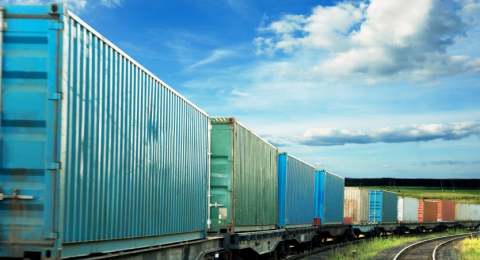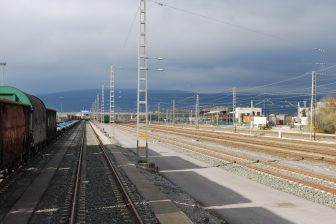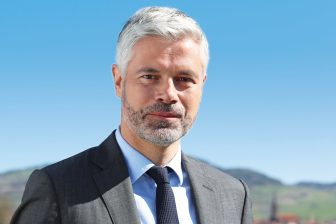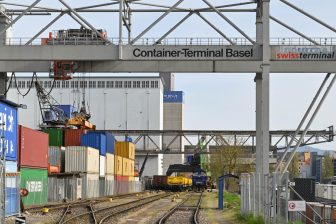
Sweden added to China-Europe overland route
The first container trains to directly link China and Sweden are now a reality. Scandinavian logistics supplier Greencarrier Freight Services’ says its first-hand experience of the Far East and strong environment-friendly credentials which are now so important to customers have made it possible
A successful offshoot of the multimodal Greencarrier Group, which was set up in 2000 in Gothenburg, Greencarrier Freight Services has already been operating a steady stream of FCL and LCL container train services out of China, along the northern corridor through Russia and Belarus before terminating in Warsaw, Poland.
Onward transportation
Goods have traditionally been cross-docked at a warehouse in Karpin, just outside Warsaw, before being taken onward by road to their final destination. The new service however sees containers being unpacked in Hamburg and reloaded onto rail wagons for onward transportation to the Swedish market. Hallsberg is Greencarrier Freight Services’ hub for this service, and the lead time from Hamburg to here is 2-3 days.
Leading this initiative for Greencarrier Freight Services is Rail Freight Manager Johan Ignell. Having previously spent two years with the group in Shanghai, there are few better placed than him to assess the demand and manage the flow of trans-European rail freight, which is now going straight into the heart of Scandinavia.
Reduce CO2
“At the moment we´re only operating FCL via this setup in Hamburg, but we´re investigating the possibilities to send LCL as well,” said Ignell, who is also rightly proud of Greencarrier Freight Services’ environmental credentials. “The best part is that we reduce the CO2 emissions by 19.5 per cent compared with the setup via Warsaw because we have less miles on trucks and utilise rail a longer way,” he told RailFreight.
“Customers have high demands and high expectations – they are looking for more than just a regular service. For us it is not only for the financial aspect, but our name as Greencarrier also stands for the environment – that is very important for us. That goes for the top management, right through the company,” added Ignell, who was previously Trade Lane Manager, with a specific focus on the Far East markets.
More sustainable
“This product is part of our Green Smart Transport Solutions which we´re promoting a lot in order to achieve our target to reduce CO2 emissions by 15 per cent by the end of 2017 compared with 2015,” said Ignell, who was based in China from 2014-2015.
“Rail is a more sustainable solution than air freight, and that’s something which we have stressed to potential customers. In the last six months we have seen that more and more customers are realising that the ‘One Belt, One Road’ solution is a reality. But to change attitudes takes time.”
Big increase
Looking ahead, Ignell is very confident over the future of the Europe-Asia rail freight corridor: “Rail will be even more sustainable, and I can only expect demand to grow. We really see a big increase in demand, and more and more services are developing. In 2016 about 1,800 block trains were sent in by this route and by 2020 the expectations are for 5,000 block trains. It’s not often that freight forwarders can offer a new mode of transport like this which brings both environmental and cost merits.”





